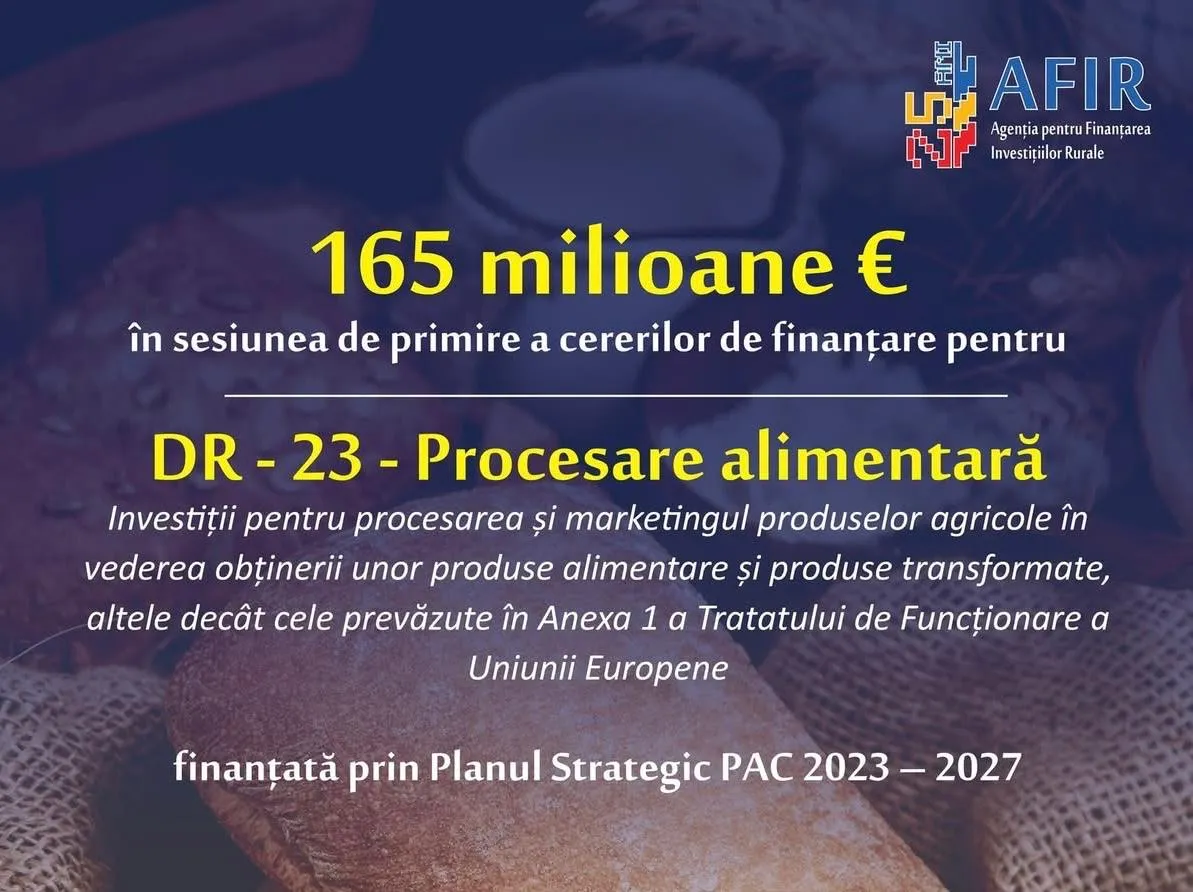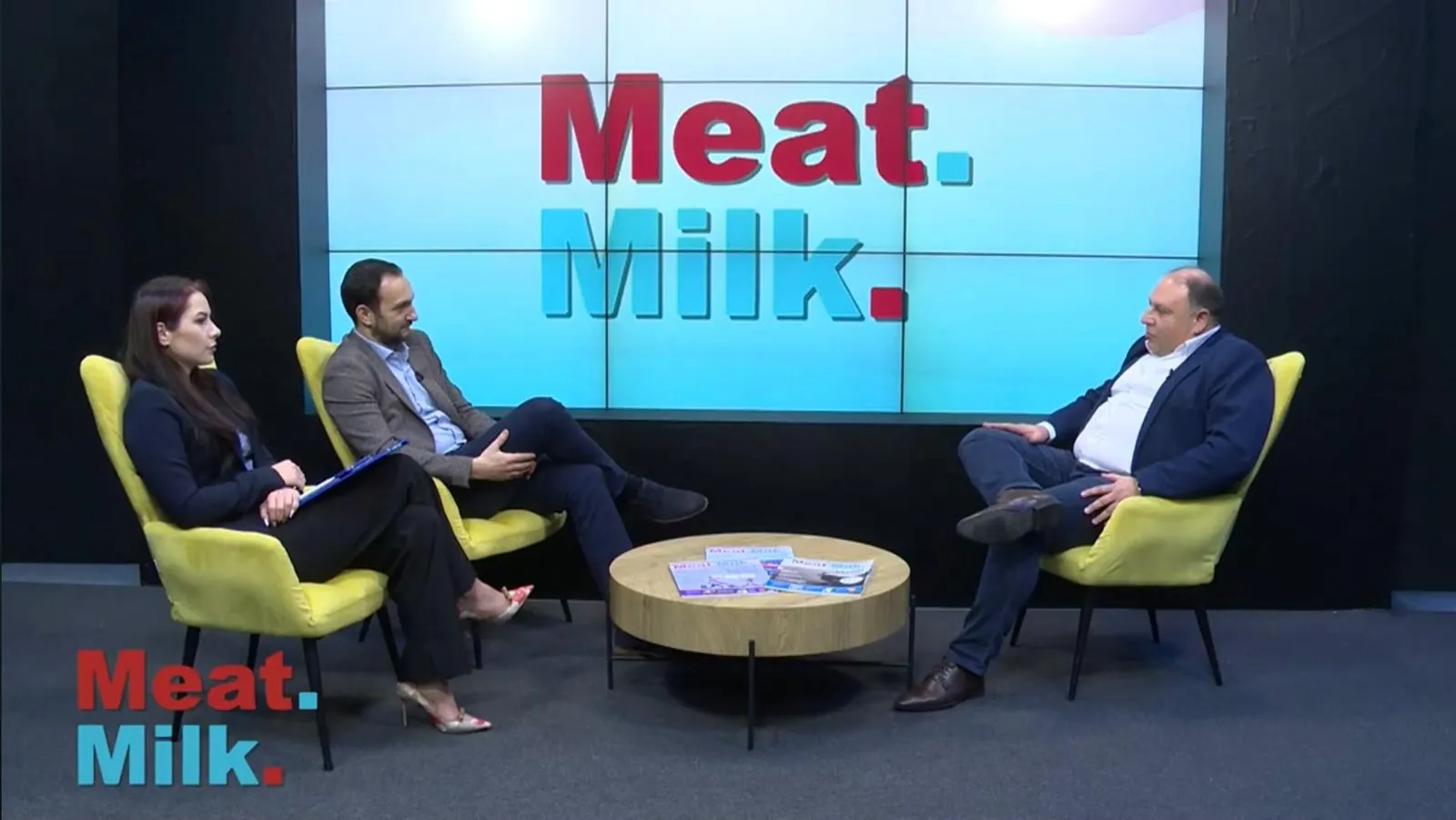
Food waste from grocery stores has a daily financial impact, as expired yet still good quality products end up in landfills, making supermarket food waste one of the major contributors to waste-related issues and creating a global deficit, according to an analysis published by the European Supermarket Magazine.
Sources of food waste in grocery stores
Consumers expect high standards from retailers, such as certified products and sustainability promises.
In turn, the relationships between grocery stores and their suppliers and customers reveal numerous areas for improvement, particularly concerning environmental issues.
Food waste from grocery stores often stems from poor store management and problems in the non-food supply chain. Unfortunately, packaging is often an overlooked byproduct of food waste, making the Fast-Moving Consumer Goods (FMCG) sector a contributor to 26% of the global emissions of the food industry.
If non-food products such as toiletries, cleaning products, and office supplies are included, the FMCG sector resembles the behaviors of the world's most wasteful industry: fashion.
A first step
In 2019, the Center for Biological Diversity took action against food waste by analyzing major supermarkets. They examined retailers' commitments to reducing food waste and their methods, actions, and tracking results.
Some stores have publicly disclosed their commitments and findings, while others are still in the development phase but keep secret how much of their food will be incinerated or thrown away. These habits represent another source of food waste—corporate discretion and lack of transparency.
Another source of waste is caused by poor storage conditions. Inadequate freezers or technology during transportation between sellers in the supply chain could exacerbate the decline in food safety, especially for meat and fish. Choosing local sourcing and ethically operating butchers could alleviate complications by opting for shorter supply chains.
Consumer mindset towards food
Grocery stores need to change their habits, but customers also need to change their behavior. For example, in the United Kingdom, 9.5 million tonnes of food are wasted while 8.4 million people live in poverty.
The agricultural industries are already struggling to meet consumer food needs and putting pressure on farmers to abandon potentially unethical or toxic methods to grow food faster, abusing soil and habitat health along with damaging human health.
Many customers are aware that edible food will be wasted, which is why the trend of "diving into the trash," as the action of analyzing food waste is called, becomes popular during economic crises and severe inflation.
Some of these "divers" have shared their results, going viral on social media with the outcomes they obtain, which could feed entire communities. Consider, for example, a frozen 16-pound turkey that retails for £49 but is completely free after being recovered.
While some shoppers want to take advantage of food waste in grocery stores, others are more selective. They are less likely to choose a tomato with an odd shape, which raises questions about how it was grown.
In reality, these food items still have several days, if not more, to be sold, usually at a discount. Customers who want to make a meal involving these ingredients could save such food instead of rejecting it due to appearance or expiration dates.
Current improvement suggestions
Every sector makes data-driven decisions, and the food industry could do the same to improve efficiency and become more sustainable. Sensors could detect everything from expired milk to the tiniest implicit packaging errors that could accelerate food oxidation.
There are no regulations or compliances that require grocery stores to track food losses or request expiry date testing. Despite suggestions to achieve zero food waste by 2025, this is not strictly enforced in many countries. However, such monitoring and the resulting data would show stores how much money they lose daily, compiling all the annual figures.
Another solution is to find spaces for imperfect food shoppers. For example, some stores have created shelves in their food sections for nearly expired foods, which the industry sometimes labels as "ugly" or "unpleasant" food.
Imagine a pile of delicious carrots and potatoes, with the only issue being a few protrusions. When 25% of apples and 13% of onion quantities are wasted due to "cosmetic" defects, grocery stores should proudly display this food.
In some countries, well-defined food waste reduction programs exist, such as source reduction, feeding hungry people, feeding animals, industrial uses, composting, landfilling, or incineration.
Grocery stores could also establish composting programs for eligible food products. They could redistribute food waste to local agricultural services for animal feed, to fertilize community gardens, or support other non-profit organizations in need of composting materials if they do not wish to create compost themselves.
Additionally, stores could collaborate with organizations like FareShare to allocate food as assistance to the poor and combat hunger. Furthermore, food can also function as biofuel for industrial uses, providing an alternative cleaner energy source compared to fossil fuels. And that might be a solution.





